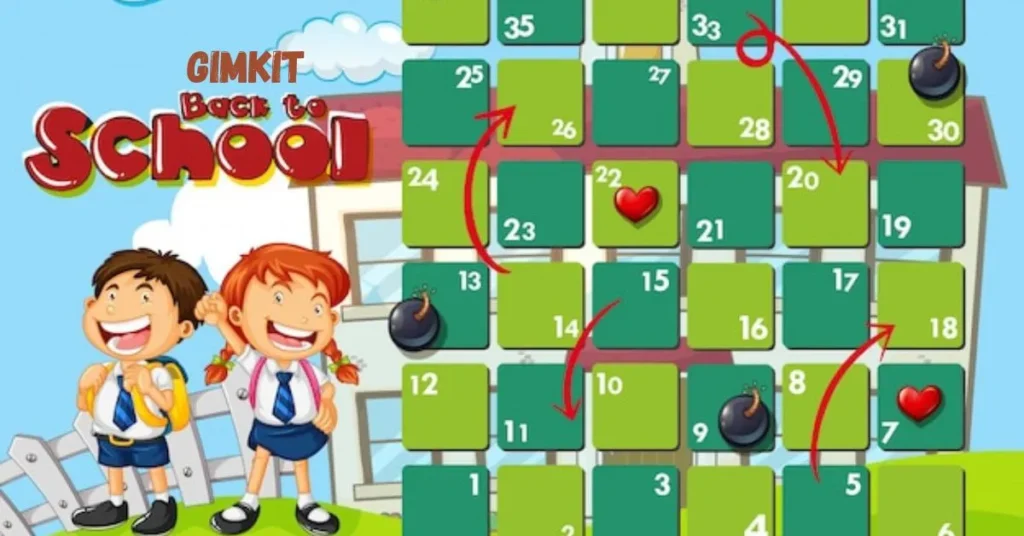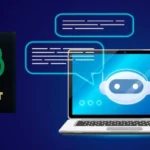Engagement is crucial in the educational context. However, conventional approaches frequently fail to hold students’ attention in the classroom. Presenting Gimkit, a game show platform that aims to make education a vibrant and participatory experience. Gimkit is a platform that combines strategy, knowledge, and teamwork to transform how students interact with academic material. We examine Gimkit’s features, advantages, and effects on classroom dynamics in this post.
Understanding Gimkit: A Game Show for Learning
Gimkit is not just another educational tool; it’s a game changer. Developed with the aim of making learning fun and effective, Gimkit combines elements of gaming with academic content to create an immersive learning experience. At its core, Gimkit is a game show platform where students compete individually or in teams to answer questions and earn points. However, what sets Gimkit apart is its adaptive learning algorithm, which tailors questions to each student’s level of proficiency. This ensures that every student is appropriately challenged, leading to deeper engagement and improved learning outcomes.
The Three Pillars of Gimkit: Knowledge, Collaboration, and Strategy
At the heart of Gimkit are three essential elements: knowledge, collaboration, and strategy. Let’s explore each of these pillars in detail:
- Knowledge: Gimkit encourages students to engage with academic content in a playful and interactive manner. By presenting questions in a quiz-like format, Gimkit helps reinforce key concepts and facts across various subjects. Whether it’s math, science, history, or language arts, Gimkit provides a platform for students to test their knowledge and gain mastery over the material.
- Collaboration: While Gimkit allows for individual play, it also promotes collaboration among students. Teams can work together to strategize, share insights, and tackle challenges collectively. This fosters a sense of camaraderie and teamwork in the classroom, encouraging students to support one another and celebrate each other’s successes.
- Strategy: Beyond mere rote memorization, Gimkit encourages strategic thinking. With features such as power-ups, bonuses, and penalties, students must carefully plan their moves to maximize their score. This not only adds an element of excitement to the game but also helps develop critical thinking and problem-solving skills.
Getting Started with Gimkit: A User-Friendly Experience
One of the key strengths of Gimkit is its user-friendly interface, which makes it easy for both educators and students to navigate. Getting started with Gimkit is simple:
- Sign Up: Educators can sign up for a Gimkit account for free and create custom games tailored to their curriculum and learning objectives.
- Create a Game: Using Gimkit’s intuitive game editor, educators can easily create quizzes by adding questions, setting point values, and customizing game settings.
- Play and Learn: Once the game is created, students can join using a unique game code and start playing immediately. As they answer questions correctly, they earn points and unlock rewards, keeping them motivated and engaged throughout the game.
- Track Progress: After the game is complete, educators can access detailed reports and analytics to track student progress and identify areas for improvement.
The Impact of Gimkit on Classroom Dynamics
Since its inception, Gimkit has garnered praise from educators and students alike for its ability to transform classroom dynamics. Here are some ways in which Gimkit has made a positive impact:
- Increased Engagement: By gamifying learning, Gimkit has made academic content more engaging and accessible to students. The competitive nature of the game motivates students to actively participate and strive for excellence.
- Personalized Learning: Gimkit’s adaptive learning algorithm ensures that each student receives questions tailored to their individual level of proficiency. This personalized approach helps address the diverse needs and learning styles of students in the classroom.
- Improved Collaboration: Gimkit promotes collaboration and teamwork among students, fostering a supportive learning environment where students can learn from each other and work together to achieve common goals.
- Enhanced Learning Outcomes: Studies have shown that gamification can lead to improved learning outcomes, including increased retention of information and higher levels of student achievement. By making learning fun and interactive, Gimkit helps students master academic content more effectively.
Conclusion
Gimkit represents a paradigm shift in the way we approach education. By harnessing the power of gaming, Gimkit has created a platform that not only makes learning more enjoyable but also more effective. With its focus on knowledge, collaboration, and strategy, Gimkit empowers students to take ownership of their learning journey and achieve academic success. As educators continue to seek innovative ways to engage students in the classroom, Gimkit stands out as a beacon of hope, paving the way for a brighter future in education.







